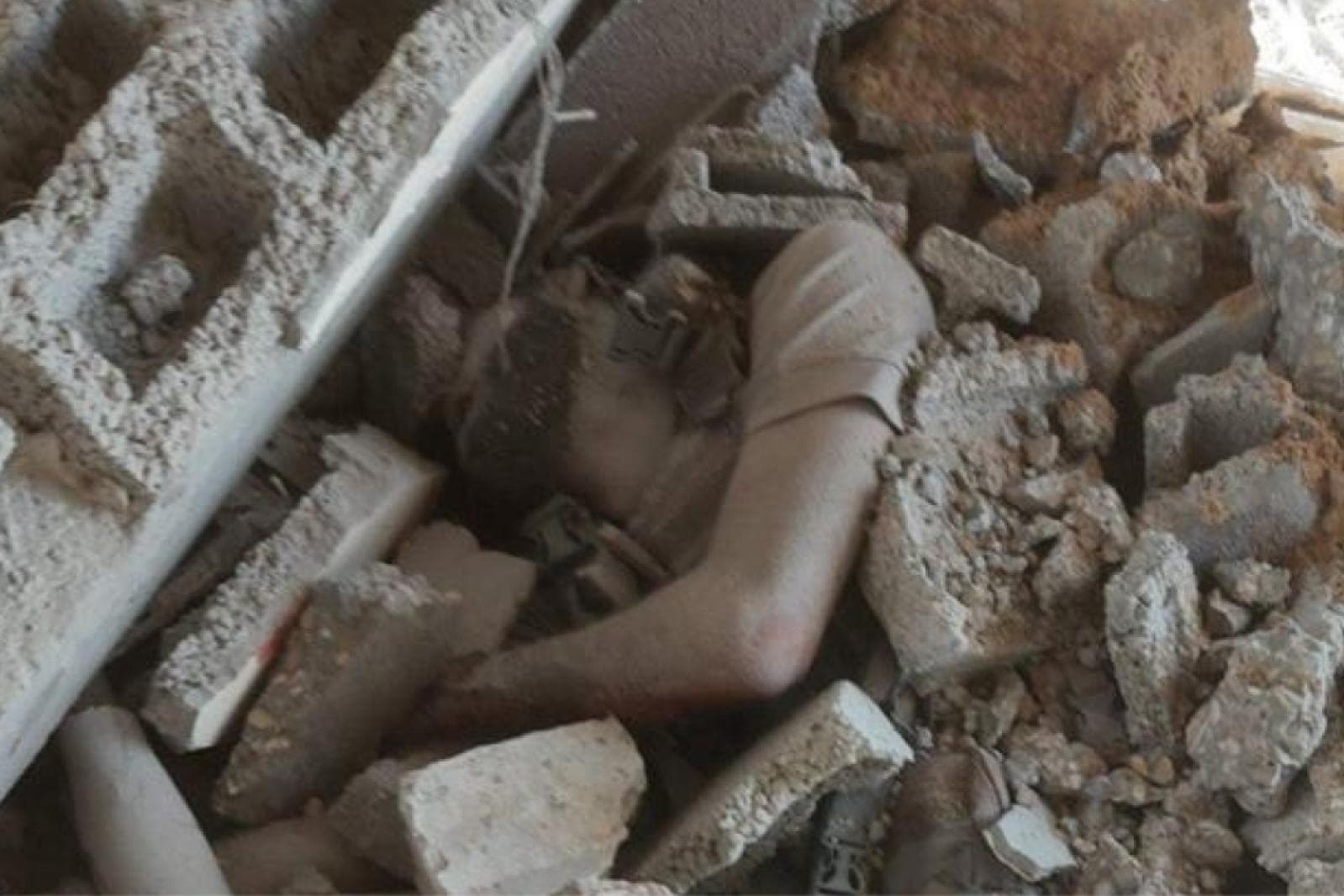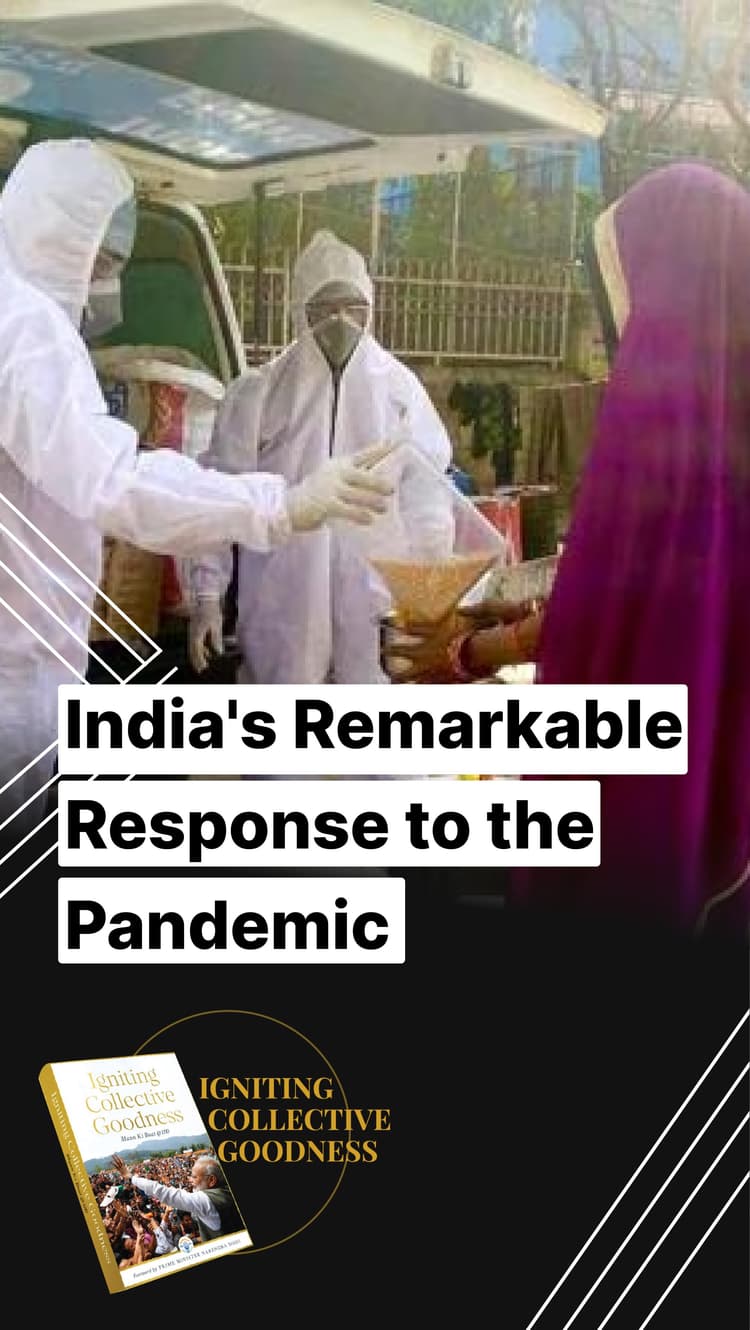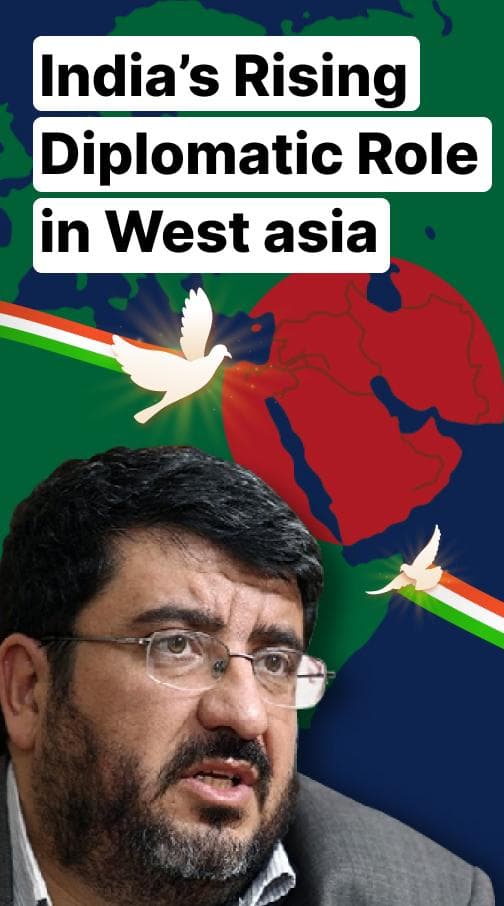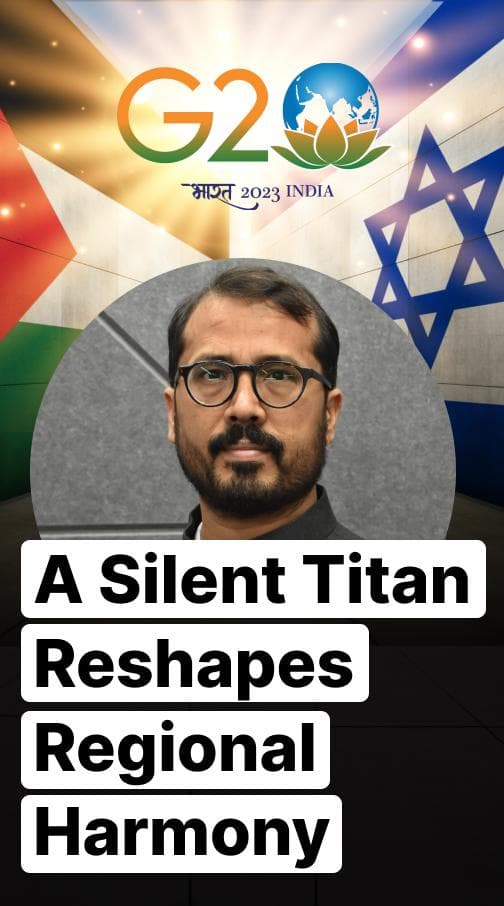The Blurred Lines of Combatant and Civilian Identities in Gaza Conflict

Hussain Abdul-Hussain, Research Fellow at The Foundation for Defense of Democracies, Washington D.C., shared that In the dense and often chaotic landscape of the Israeli-Palestinian conflict, discerning between Hamas combatants and civilian casualties has become increasingly challenging. Numerous occurrences in Gaza have revealed instances where casualties reported as civilians were later identified to have connections with militant factions, raising serious concerns about the accuracy and transparency of casualty reporting.
These blurred lines are further exacerbated by the behaviour of Hamas' leadership during times of conflict. Criticism has been directed at them for allegedly abandoning their posts and seeking refuge, thereby leaving civilians unprotected and in harm's way. This behaviour, pointed out by voices including Palestinian Authority President Mahmoud Abbas, paints a picture of leadership in crisis, prioritizing self-preservation over communal safety.
Hamas' rhetoric, calling for a Palestinian state "from the river to the sea," continues to be a deeply divisive and provocative element in the dialogue surrounding the Israeli-Palestinian conflict. The slogan, which is a fundamental part of Hamas' manifesto, is widely interpreted as an outright denial of Israel's right to exist, perpetuating an insurmountable barrier to peace.
Governance issues within Hamas-run territories also contribute to the complexities of the situation. The Health Ministry in Gaza has been accused of conflating civilian casualty figures with those of Hamas combatants. The impact of such allegations was magnified when photographs surfaced showing Hamas fighters among the rubble of destroyed buildings, their military status undisclosed in official casualty reports.
These ongoing strategies and the consistent use of inflammatory rhetoric by Hamas significantly impede any movement towards peace. Such actions have entrenched the organization as a focal point of tension that has wide-reaching implications for both regional stability and the international community's efforts in diplomacy.
Backed by a 2002 academic study, the assertion that Hamas has historically engaged in a pattern of violence specifically timed to disrupt peace negotiations lends credence to the current situation's complexity. This report, drawing on data from the 1990s peace process, paints a consistent picture of strategic violence that serves as an impediment to diplomatic progress.
In light of these findings and ongoing events, the distinction between combatant and civilian, the accountability of leadership, and the transparency of governance emerge as crucial factors in unravelling the intricate and enduring conflict between Israel and Palestine.


































